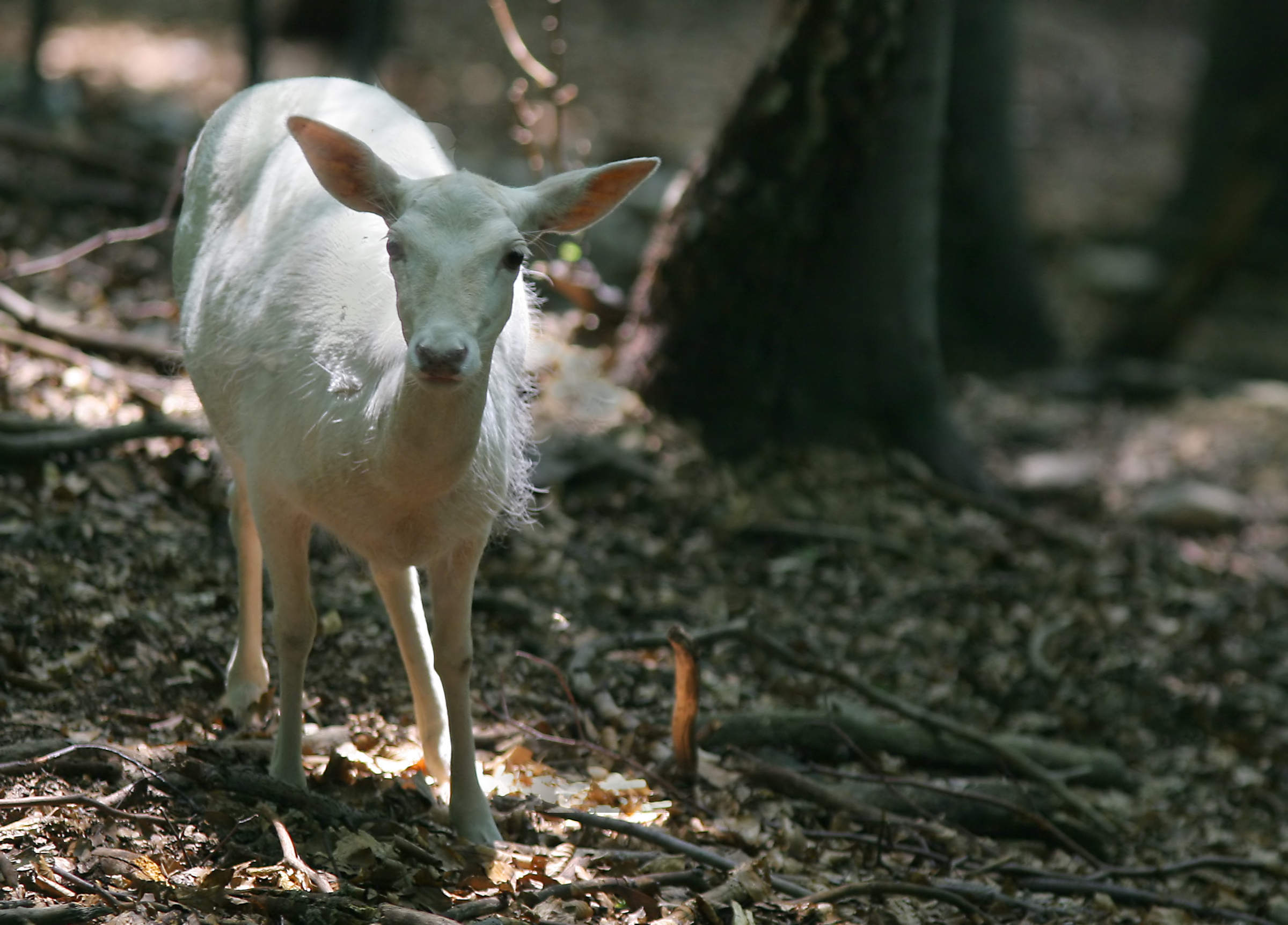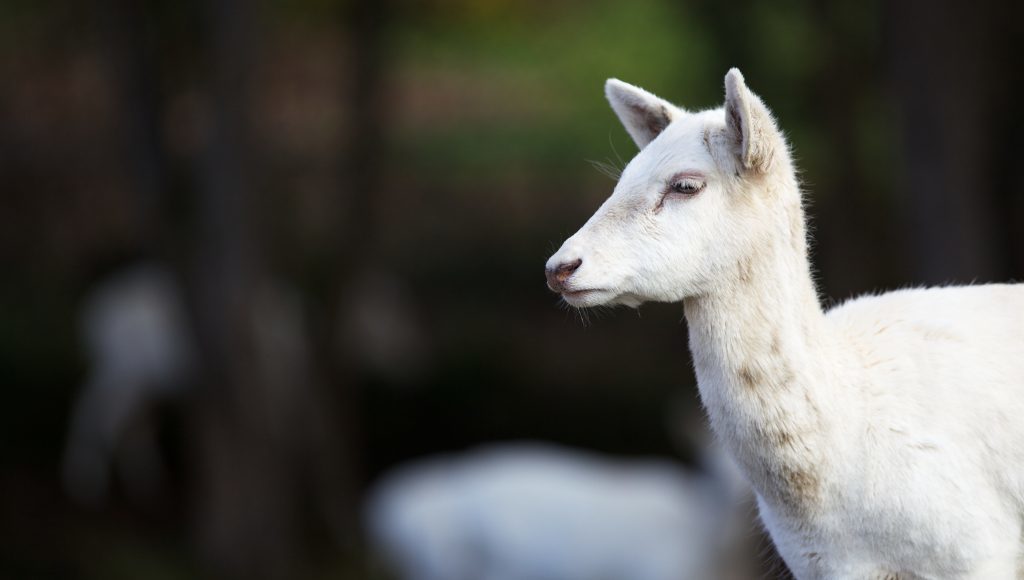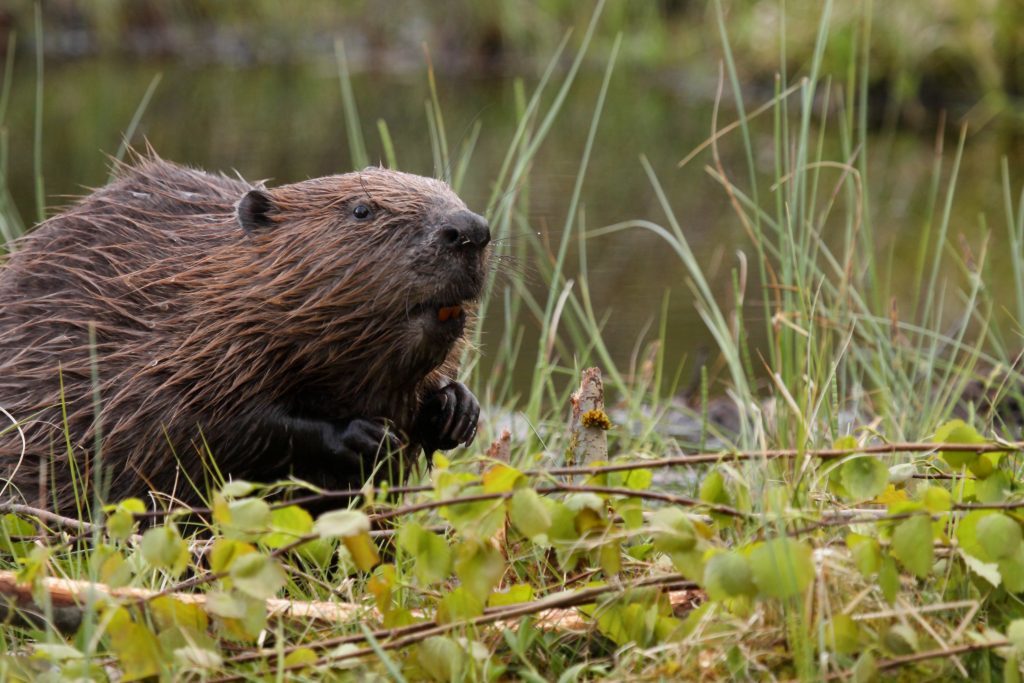The white fallow deer shone out like a silver ghost against the grassy knoll; bright against dark yet still as natural a part of the landscape as the three other fallows in the group with their more typical chocolate brown coats.
This pale-furred animal and the other deer bounded up the slope ahead of us before disappearing over a small ridge. It was a fleeting view but then these fallows found on the moors and woods just to the north of Dunkeld do tend to be rather wary.
I was not surprised by the sighting, for I have been a regular visitor to this part of Perthshire for over 30 years and in that time I have occasionally seen white deer here. But rather than being albinos, they are simply deer with white coats. There must be something in the gene pool of this isolated fallow population that throws up such pallid deer from time to time.
Standing out from the crowd is not usually a recipe for survival in the wild, but there are no natural predators for large deer here, thus the white animals can thrive.
Soon we came upon Mill Dam, a wonderful lochan that is carpeted with bog bean water plants at one end. Black headed gulls used to nest here many moons ago but sadly no longer do so.
Times change and while the gulls may have gone, a new arrival has firmly established itself on the lochan – beavers. Their signs were everywhere, from channels cut through the mats of vegetation to the numerous willows, birches and alders felled on the bankside. Out on the water and scattered among the marginal wetland plants were piles of branches collected by the beavers.
The large size of some of the trees that the animals had felled was impressive. Beavers feed on bark, leaves and water plants and I imagine Mill Dam must be a rather noisy place at night as trees tumble to the ground. This lochan is a perfect place for these creatures and my immediate thought was that this was like a scene straight from the Canadian Rockies.
But the reality is even more astonishing, for before my eyes was a watery beaver-engineered landscape last witnessed by our forebears in Scotland several hundred years ago when the animals still roamed the land and before they were hunted to extinction. I felt rather uplifted by it all.
I’ve written before about the marvellous names many of our moths have. My live moth light-trap was out in the garden the other night and the following morning there was a most attractive moth inside. The wings were pale on the trailing edge but the rest of the upperparts were gently scribbled with exquisite darker markings.
This moth was a nut-tree tussock. I’m unsure why it is so called, but no matter, for it is a magical name that just flows seamlessly off the tongue.
Info:
Fallow deer are common in the area between Dunkeld and Kirkmichael. A native of the Mediterranean, fallows were first introduced into Britain in the 11th Century for hunting purposes.












